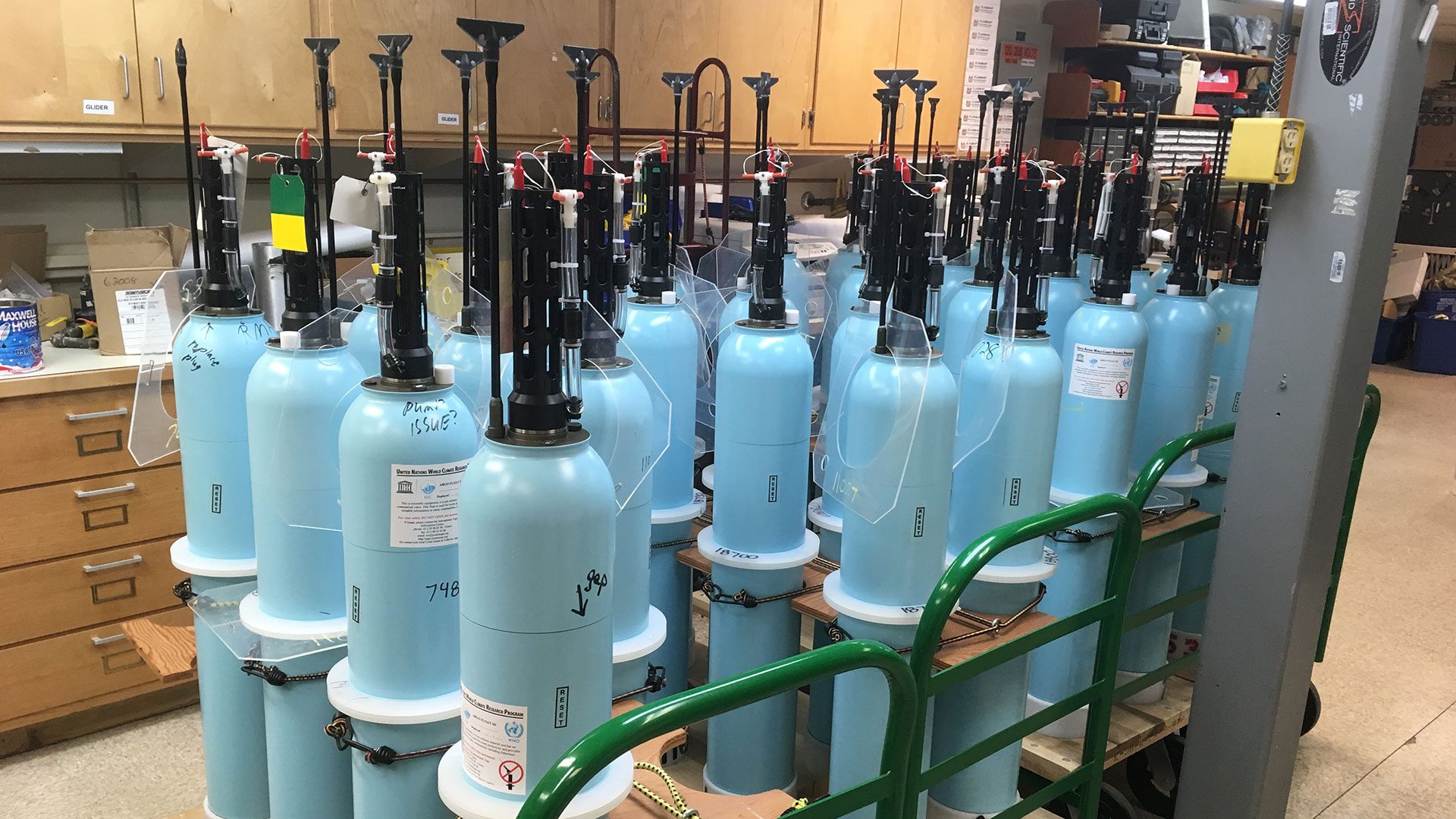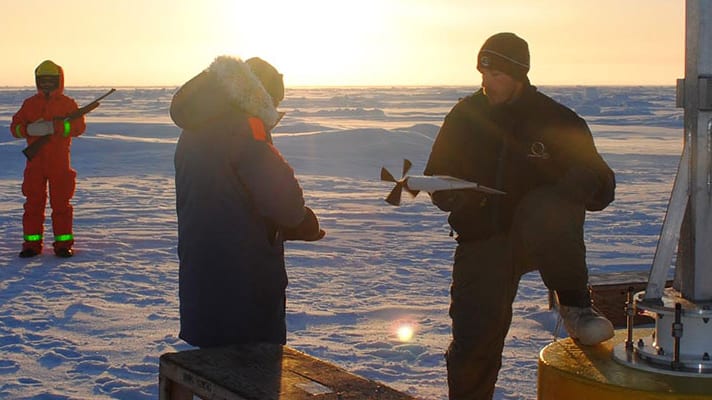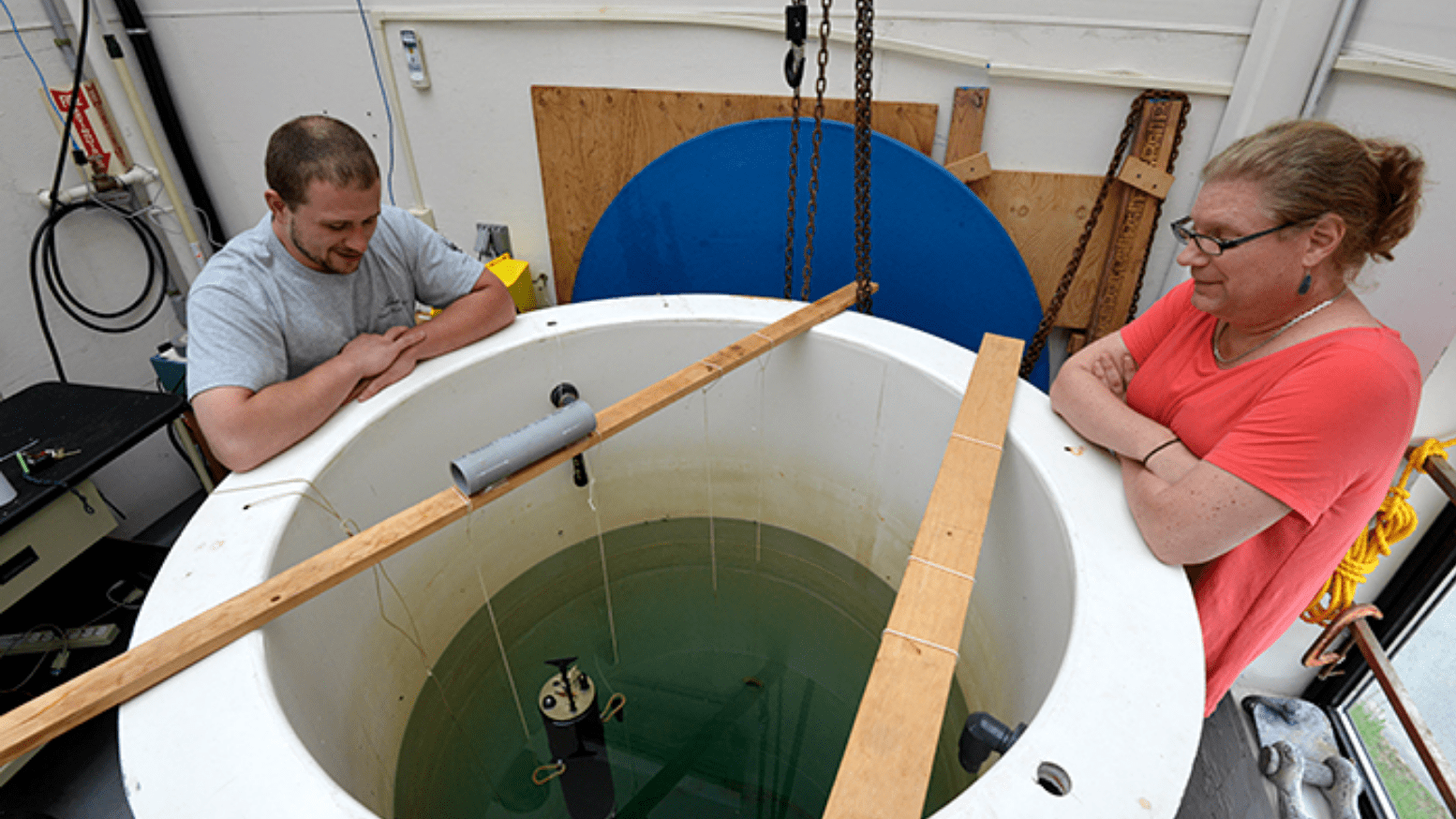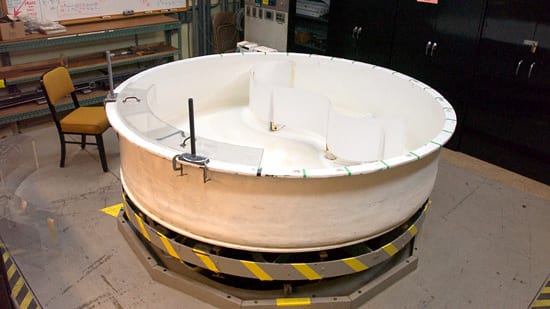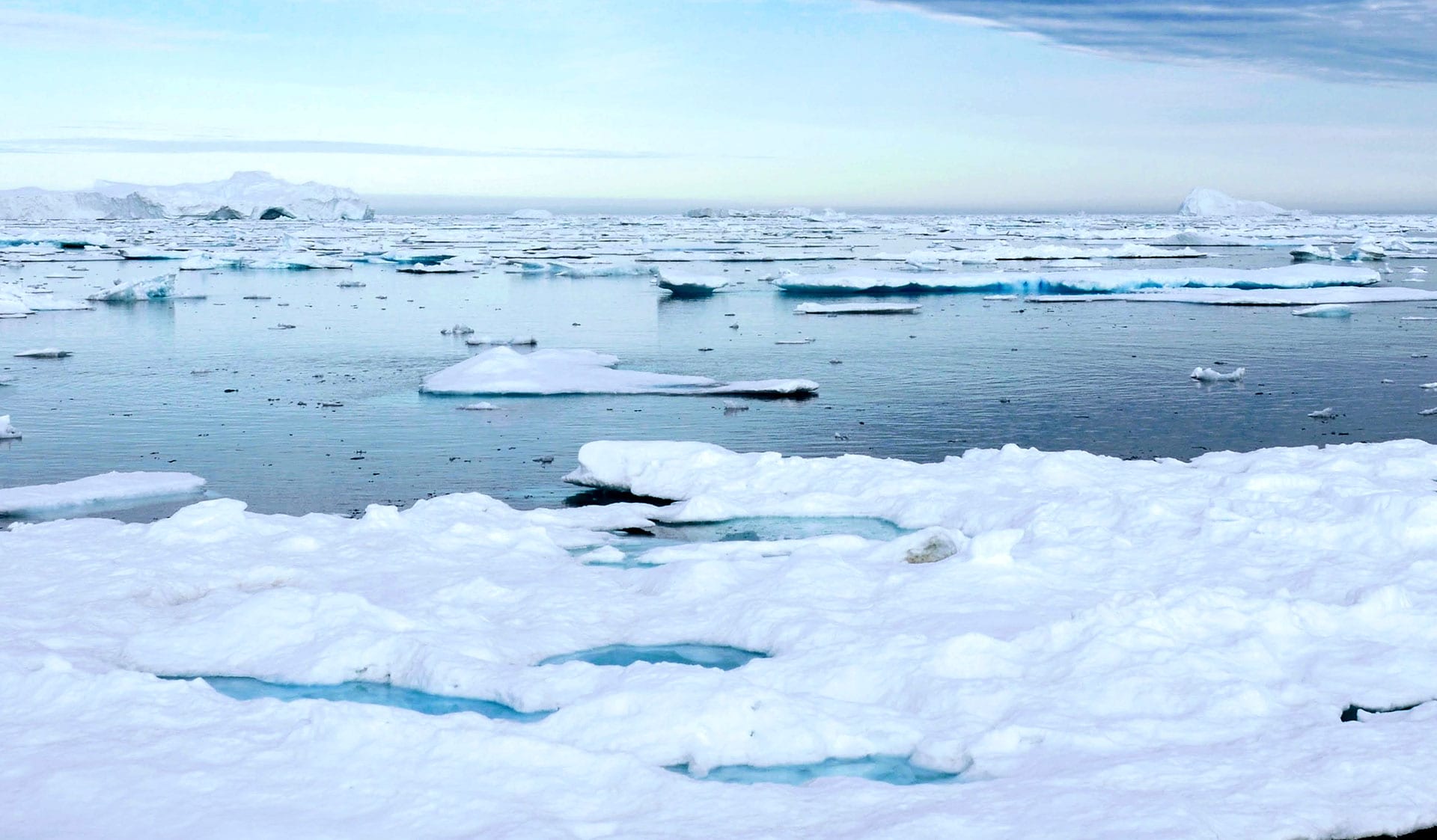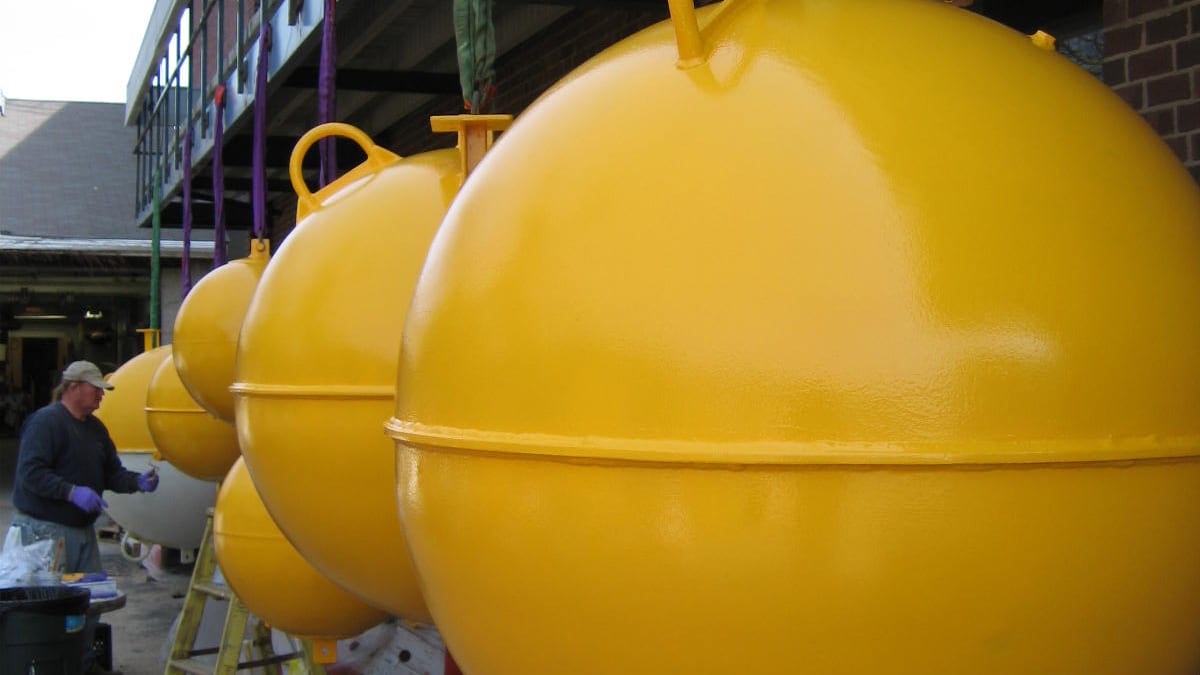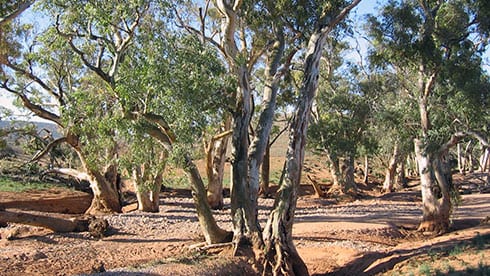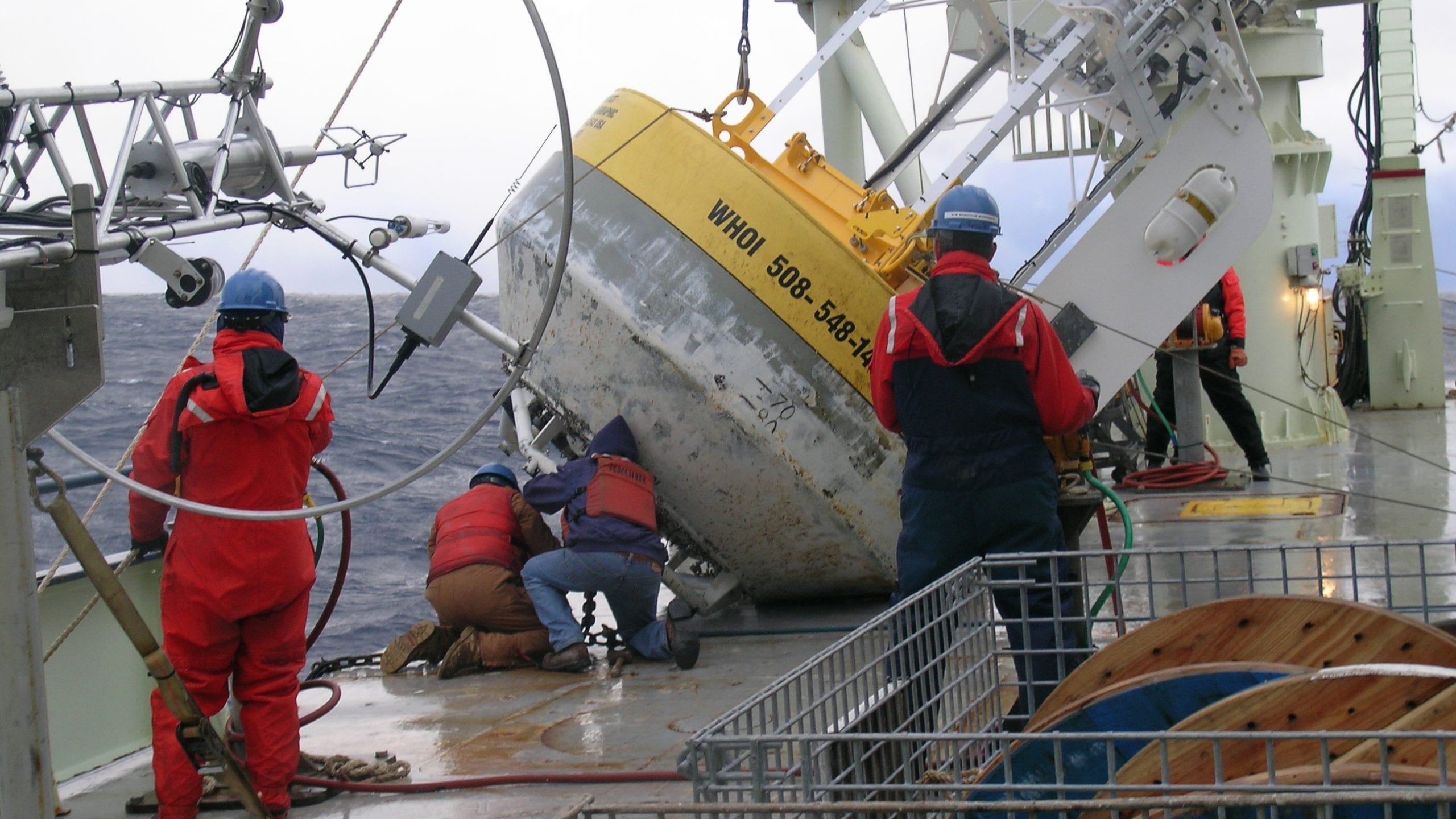Labs & Groups
Argo
The Argo Program, launched in 1999, is a global array of floating robots that collect information about the physical state of the upper ocean, including temperature and salinity. Argo has passed its initial target of 3000 floats worldwide, with over 3900 floats currently taking measurements.
Autonomous Systems Laboratory (ASL)
This group conducts exploratory, interdisciplinary ocean research using autonomous systems to describe and quantify complex oceanic processes which occur on time and space scales inaccessible with traditional tools.
Bower Lab
Deep ocean currents are, like atmospheric winds, integral components of Earth’s climate system. The Bower Lab specializes in charting the pathways of the surprisingly energetic and complex deep circulation system using acoustically tracked floats, profiling floats, moorings and numerical models.
Clayson Lab
Research focuses on understanding air-sea interactions and their impacts on weather and climate through a broad variety of in situ and remotely sensed data as well as coupled models. We are engaged in the development of improved in situ platforms and new satellites aimed at increased accuracy and resolution of the air-sea fluxes and the atmospheric boundary layer to understand how variability of the coupled ocean-atmosphere system impacts regional and global energy and water cycles. We also seek to increase understanding of the physics of these turbulent boundary layers through high-resolution ocean, atmosphere, and coupled models.
Field Instrumentation and experiment Implementation Team (formerly SSMOG)
This group primarily maintains a suite of instrumentation that normally does not penetrate the near surface layer. They are also responsible for going to sea to deploy and recover these moorings. This includes current, temperature, pressure and conductivity measurements in the deep ocean to full ocean depth.
Float Group
The WHOI Float Group designs, tests, deploys, and analyzes data from a variety of autonomous profiling floats. Their work supports ocean observing programs like Argo, ALAMO, and SODA.
Geophysical Fluid Dynamics Laboratory
Geophysical Fluid Dynamics Laboratory studies, in which fluid flows are simulated in rotating tanks, have been a long tradition at WHOI.
Kwon Lab
“What is the role of the ocean in climate?” We approach this question with a particular emphasis on the large-scale interaction between mid-latitude ocean and atmosphere, and its impact on the decadal climate variability, long-term climate change, extreme weather events, coastal environments, Arctic climate, and earth system predictability.
Le Bras Lab
We aim to understand the ocean’s large-scale circulation from an observational perspective, with an eye to its role in the climate system. Specific areas of interest include the Atlantic Meridional Overturning Circulation (AMOC), high-latitude ocean dynamics, and the linkages between the Arctic and Atlantic oceans.
Mooring Operations, Engineering, and Field Support Group
The Mooring Operations, Engineering, and Field Support Group is a full-service mooring group comprised of personnel from both the Department of Physical Oceanography, the Applied Ocean Physics and Engineering Department. This group has the resources to provide complete, one-stop mooring services, including not only design and mooring fabrication, but also the coordination of logistics and at-sea support for all types of operations.
Pickart Lab
Our research focuses on high latitude processes, including air-sea interaction, deep convection, and shelf-basin exchange. We do fieldwork in both the Atlantic and Pacific sectors of the Arctic Ocean using a variety of techniques, and participate in interdisciplinary collaborations.
Robert Todd’s Group
Focused on the role of oceanic boundary current systems and upper ocean processes in the Earth’s climate system across a range of temporal and spatial scales. Most analyses focus on high-resolution observations collected by autonomous underwater gliders over periods of months to years in regions including the Gulf Stream, Middle Atlantic Bight shelfbreak front, and equatorial current systems.
Seo lab
Our lab integrates analyses of observations and theories with numerical model simulations to advance our understanding of the role of oceans and coupled air-sea interactions in weather and climate. We collaborate seamlessly with observational communities to better understand observed processes and improve their representation in climate models while tackling some of the most critical questions about hydroclimate variability, predictability of extreme weather events, and low-frequency climate variability and change.
Ummenhofer Lab
Studying climate and rainfall variability around the globe: Group members work on various aspects of climate variability and change, including the hydrological cycle, extreme events, Indian Ocean, monsoon dynamics, paleoclimate of the last millennium, impacts of climate on agriculture and health, and bio-physical interactions.
Upper Ocean Processes Group
The primary focus of the Upper Ocean Processes Group is the study of the upper oceans and air-sea interface using moored surface buoys equipped with meteorological and underwater sensors.

